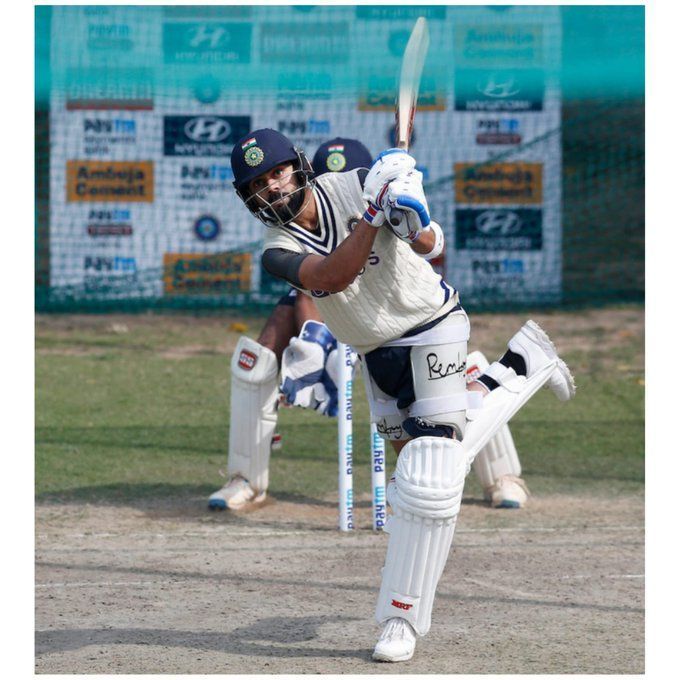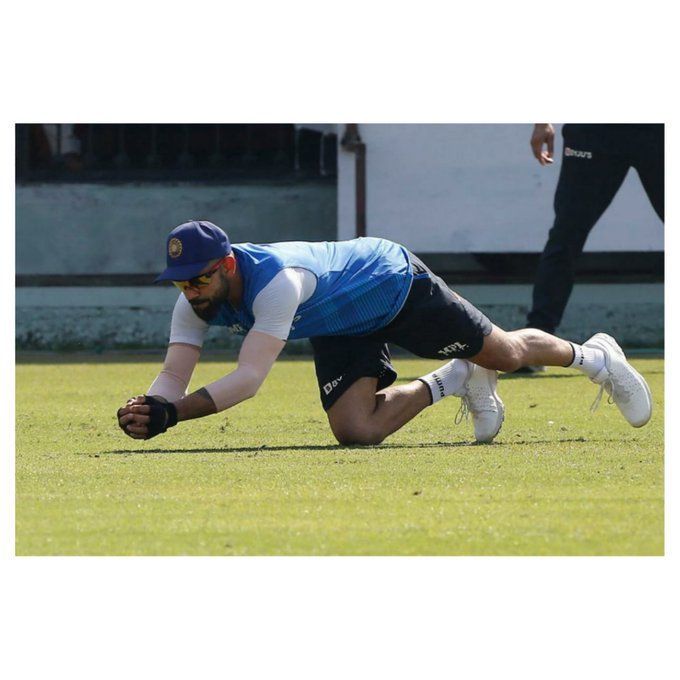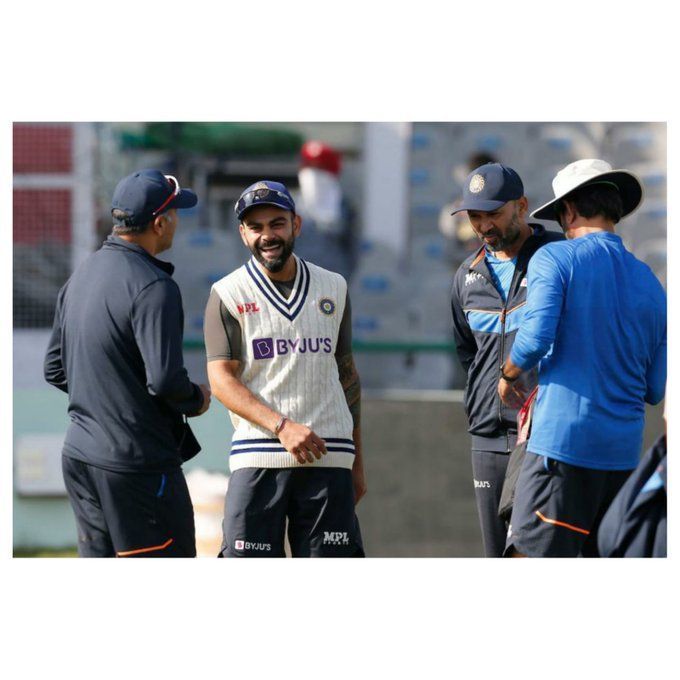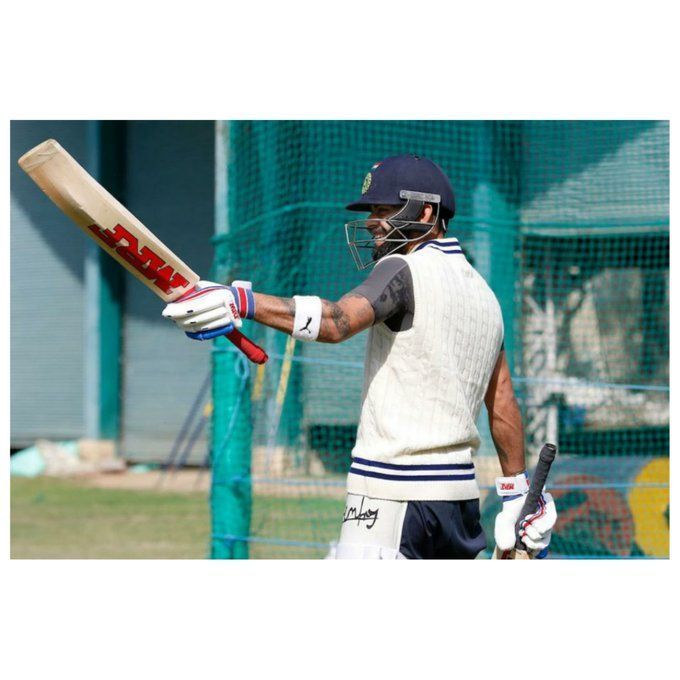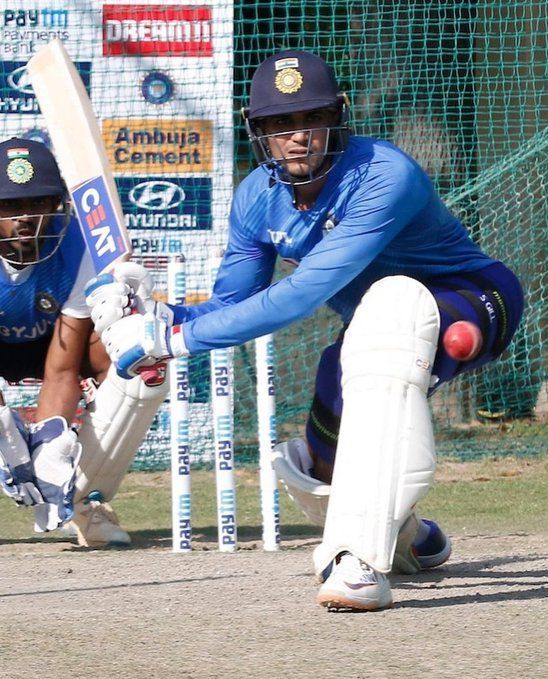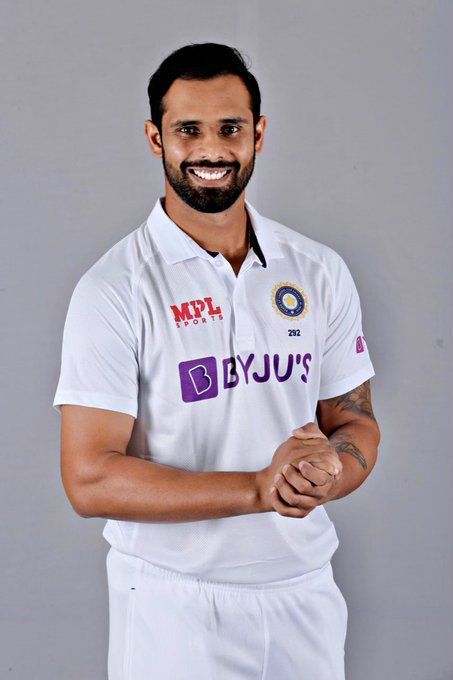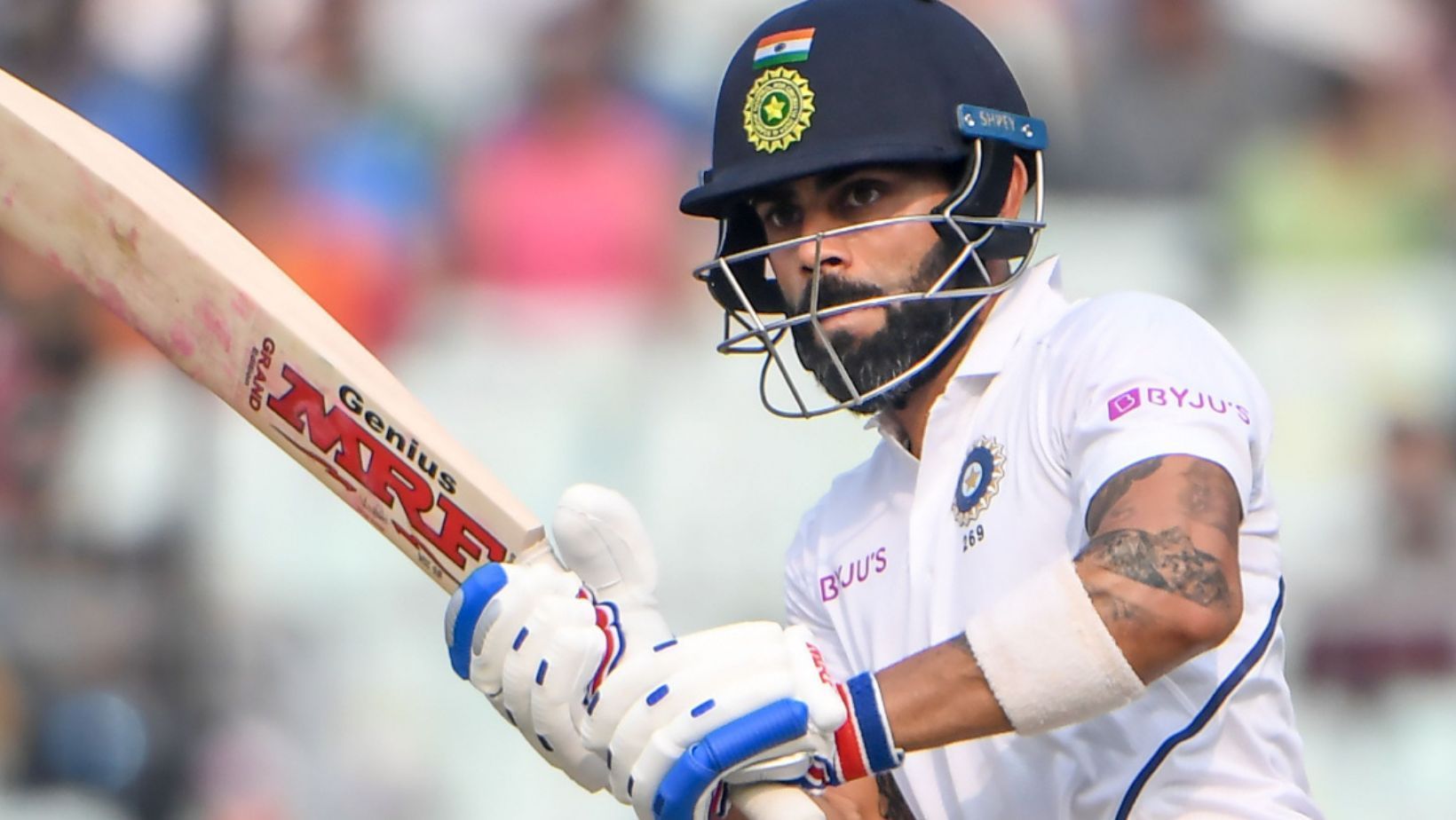
IND vs SL 2022: 3 reasons why Virat Kohli should not bat at No.3 in his 100th Test
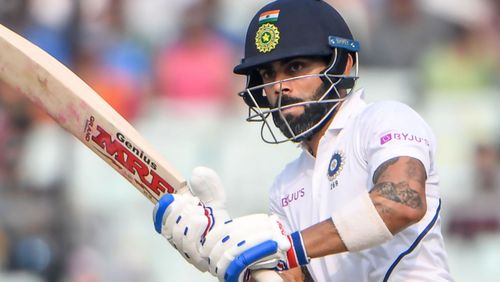
India's first home Test against Sri Lanka will be Virat Kohli's 100th in the longest format. It will also be the first time in over 10 years that Team India will take to the field in a Test without both Cheteshwar Pujara and Ajinkya Rahane. Regardless of their recent form, the veteran middle-order batters have left two massive holes in India's batting line-up, which a smart opponent like Sri Lanka would love to exploit.
In this context, it was almost expected that someone would bring up the usual suggestion in such circumstances - to push Virat Kohli to the No.3 spot. Because why not? He's played in that position all his life in white-ball cricket and with some success. And isn't there a possibility that this shift might bring the best out of him in Tests too?
The suggestion came from no other but the eminent former captain Sunil Gavaskar. Speaking to India Today, Gavaskar cited the example of Ricky Ponting and Joe Root to argue that Kohli batting at No.3 would be 'ideal', saying:
“Ideally, Kohli should go at No.3. Because the best batsman you see…Ricky Ponting goes at 3. Joe Root bats at No.4, but I feel he will be batting at No.3 in West Indies. So the best batsman on the team is batting at No.3. He is capable of tackling the new ball in case there is an early wicket and he has also got the ability to up the tempo of the team has got off to a good start. So Kohli at three would be ideal."
However, in a later interview, Gavaskar asked India to "not disturb" Virat Kohli and promote him only if he's 'comfortable', as the vexing question became a part of social media debates. Below, we discuss three reasons why it could be a bad move.
#3 Virat Kohli's natural game might be affected
Virat Kohli, of course, has the ability to adjust and adapt to No.3. After all, isn't it just about one spot?
There's more to it than what meets the eye. One reason why India have been successful with a defensive batter like Pujara at No.3 is that it safeguards Kohli's natural game. The two openers blunt the new ball and if one of them fails, then Pujara does. That's Plan A. Virat Kohli facing the new ball has always been Plan B.
If the ball is old when Virat Kohli comes to bat, he gets the chance to unfurl his cover drives and flicks without worrying about banana swing or sharp seam movement, which are ubiquitous in red-ball cricket unlike in the limited-overs.
Sending Kohli at No.3 will mean that he's almost always coming inside the first 20 overs. He'll have to face fresh bowlers and won't get the opportunity to do what he does better than most - put the pressure back on the bowler.
In the six Tests he has batted at No.3, Virat Kohli has scored 97 runs at an average 19.40. It's a small sample size but the stats are not even close to his numbers at his usual position.
The right-hander has a strike rate of 55.43 when he bats at one-down, which is almost equal to his strike rate of 57.46 at No.4. He has tried to pace his knocks similarly from both spots but has just been a lot more successful at No.4. If it ain't broke, why fix it?
#2 Virat Kohli's promotion will deprive youngsters of the correct exposure
India decided to move on from Pujara and Rahane not only because of their form, but also because they had ready replacements available in 28-year-old Hanuma Vihari, 27-year-old Shreyas Iyer and 22-year-old Shubman Gill.
Currently, Vihari and Gill seem like the frontrunners for the No.3 spot. While the former is a seasoned defensive batter like Pujara, Gill is a promising future star with a game perhaps versatile enough for all conditions and situations. Both have played only a handful of games and are just beginning their Test careers.
Whoever India choose on Friday will try and stake his claim for at least the next five years. He will compete with the other and also Pujara for the spot, constantly trying to adapt, try and improve, and be part of the team's long-term project.
Shifting Virat Kohli to No.3 after he has spent most of his career performing at No.4 will deprive either Vihari or Gill of the opportunity and exposure they deserve.
Let's assume India shift Kohli to the one-down spot and ask Gill to play at No.4. If Kohli fails in two consecutive series from that position, the first solution for the management would be to bring him back to No.4, irrespective of how Gill performed in the same period. Both Gill and Kohli will then have to switch places and readjust their games twice.
Kohli will have to shift from his hard-earned spot just before his 100th Test, whereas Gill will have to stand up to the standards he's set at No.4. Instead of being a better No.3 than an out-of-form Pujara, he'll have to be a better No.4 than Kohli, who has constantly churned out critical knocks, even when not in great form.
#1 Virat Kohli at No.3 will unsettle the middle order
Even if Virat Kohli's promotion to No.3 works well, it could open up other problems.
What will happen if Pujara and Rahane score heaps of runs in the Ranji Trophy and County Cricket and put up a strong case for their return? Chairman of Selectors Chetan Sharma hasn't closed the door on them completely, right?
While Rahane will vie directly with the new No.5, Pujara will be in direct competition with Kohli. After years of playing and winning matches together, Kohli and Pujara vying for the same crucial spot won't be ideal. Now, add to it a situation where the new No.4 is also struggling. Will Pujara then be considered for No.4?
Shifting Kohli - who's been the backbone of the middle order and a bridge between the poise of the top three and the aggression of the next three for many, many years - will over-complicate every aspect of India's batting.
In the middle of a World Test Championship, India should avoid ambitious experiments and look to fill the gaps in the simplest way possible.
